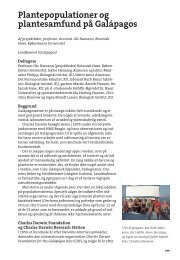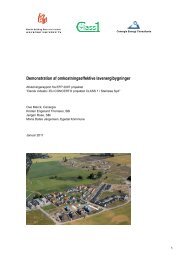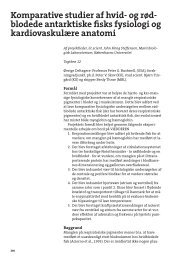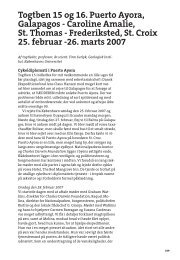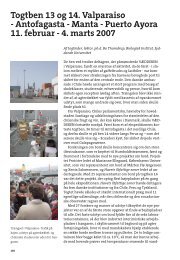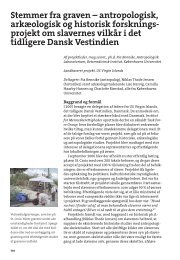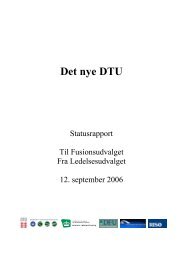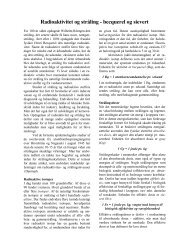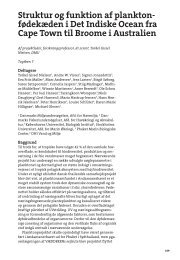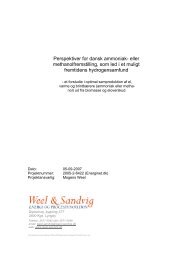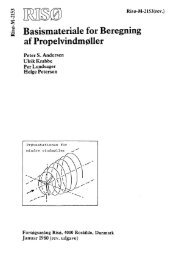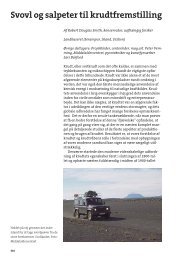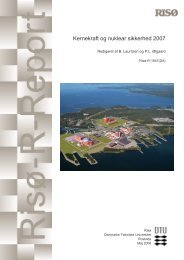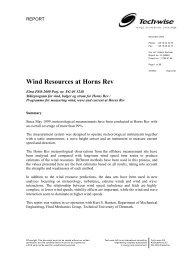Properties of hemp fibre polymer composites -An optimisation of ...
Properties of hemp fibre polymer composites -An optimisation of ...
Properties of hemp fibre polymer composites -An optimisation of ...
Create successful ePaper yourself
Turn your PDF publications into a flip-book with our unique Google optimized e-Paper software.
METHODS AND TECHNIQUES<br />
Treatment <strong>of</strong> <strong>hemp</strong> stems using fungi<br />
The s<strong>of</strong>t rot fungus Phialophora mutabilis 24-E-11 [van Beyma Schol-Schwartz] was<br />
inoculated and retained on 20 g l -1 malt agar plates at 20°C. Mycelium from one agar<br />
plate was homogenized into 100 ml water. From this suspension, 10 ml was added<br />
aseptically to a pre-autoclaved (120°C for 30 min) 100 ml Erlenmeyer flask with 50 g<br />
wet soil and 5 <strong>hemp</strong> stem pieces <strong>of</strong> 3 cm length, placed just below the soil surface<br />
(Khalili et al., 2000). Cultures <strong>of</strong> the white rot fungi Phlebia radiata L12-41 (wild) and<br />
Phlebia radiata Cel 26 (Nyhlen & Nilsson, 1987) and s<strong>of</strong>t rot fungus P. mutabilis were<br />
set up according to Daniel et al. (1994). Samples were taken after 19 days incubation at<br />
28°C. The stem pieces were removed from the soil, washed carefully in water and either<br />
stored at −20°C for light microscopy or fixed and processed for TEM. Due to their weak<br />
binding to the xylem, fiber bundles were easily separated from the underlying xylem.<br />
These samples were stored in water at 5°C. Cultivations were also performed in liquid<br />
medium using 100 g <strong>hemp</strong> stems as described by Thygesen et al. (unpublished). The<br />
liquid medium contained 140 ml <strong>of</strong> mycelium suspension, made as described above, and<br />
1 l solution <strong>of</strong> 1.5 g l -1 NH4NO3, 2.5 g l -1 KH2PO4, 2 g l -1 K2HPO4, 1 g l -1 MgSO4⋅7 H2O<br />
and 2.5 g l -1 glucose.<br />
Scanning electron microscopy and delignification<br />
Samples (transverse sections and fiber bundles) were air-dried overnight, and mounted<br />
on stubs using double-sided cellotape. Following coating with gold using a Polaron<br />
E5000 sputter coater, samples were observed using a Philips XL30 ESEM scanning<br />
microscope. Additional <strong>hemp</strong> fiber bundles (100 mg) were delignified in 10 ml aqueous<br />
solution <strong>of</strong> 50 % v/v acetic acid and 15 % (v/v) H2O2. The fiber bundles were incubated<br />
at 90°C for 2 hours and washed 5 times with water before preparation for SEM.<br />
Embedding in London resin for transmission electron microscopy<br />
Hemp fiber bundles were fixed in a mixture <strong>of</strong> 3 % v/v glutaraldehyde (1,5pentanedialdehyde)<br />
and 2 % v/v paraformaldehyde (polyoxymethane) in 0.1 M sodium<br />
cacodylate buffer (pH 7.2) (dimethylarsinic acid sodium salt trihydrate dissolved in<br />
water). After 3 washes <strong>of</strong> 15 min in 0.1 M sodium cacodylate buffer, samples were postfixed<br />
overnight at 5°C in 1 % w/v osmium tetroxide in the same buffer. Following 5<br />
washes in water <strong>of</strong> 15 min, samples were dehydrated in ethanol (20 % to 100 % in steps<br />
<strong>of</strong> 10 % for 10 min) followed by embedding in acrylic London resin [LR White,<br />
Basingstoke, U.K.]. During impregnation, samples were subject to vacuum 2 times <strong>of</strong> 30<br />
min in order to achieve better resin penetration. Samples were placed in gelatin capsules<br />
filled with fresh London resin, which was allowed to <strong>polymer</strong>ize at 70°C overnight.<br />
Selected material was sectioned using a Reichert Ultracut E and sections were collected<br />
on copper grids. Following staining with 50 % ethanolic uranyl acetate for 5 min,<br />
sections were viewed using a Philips CM/12 TEM microscope operated at 80 kV.<br />
Fiber dimensions<br />
The width <strong>of</strong> the fiber lumen was calculated using Image Pro s<strong>of</strong>tware after light<br />
microscopy with 100x magnification. The area <strong>of</strong> the transverse fiber section including<br />
lumen (Af±ΔAf) was determined by drawing lines around 10 fibers in five transverse<br />
Risø-PhD-11 93



